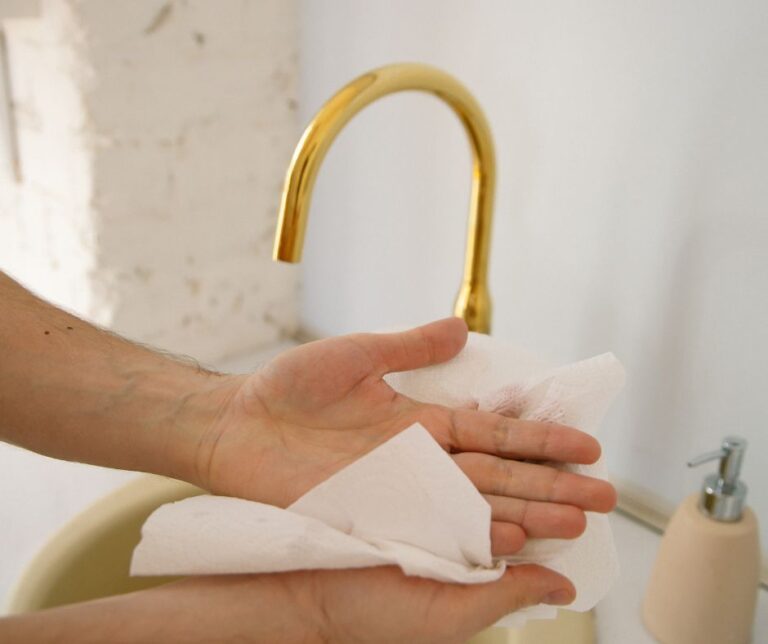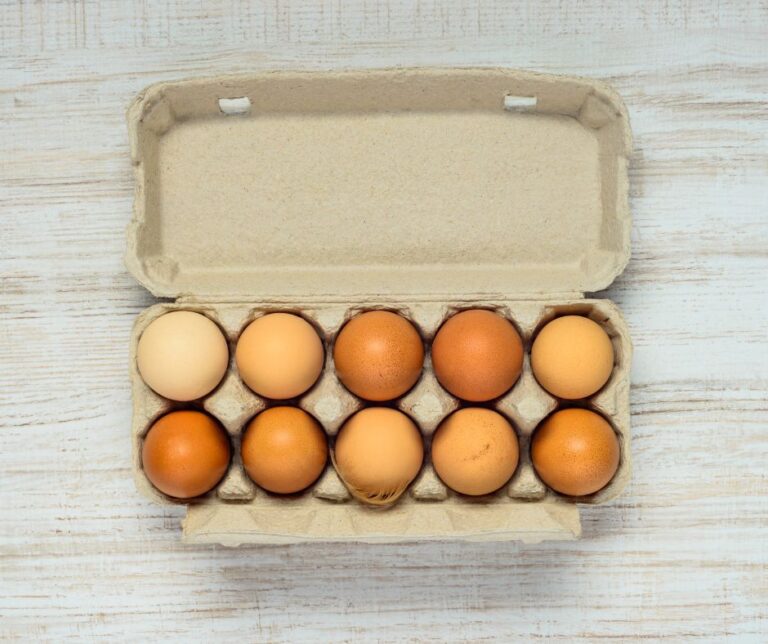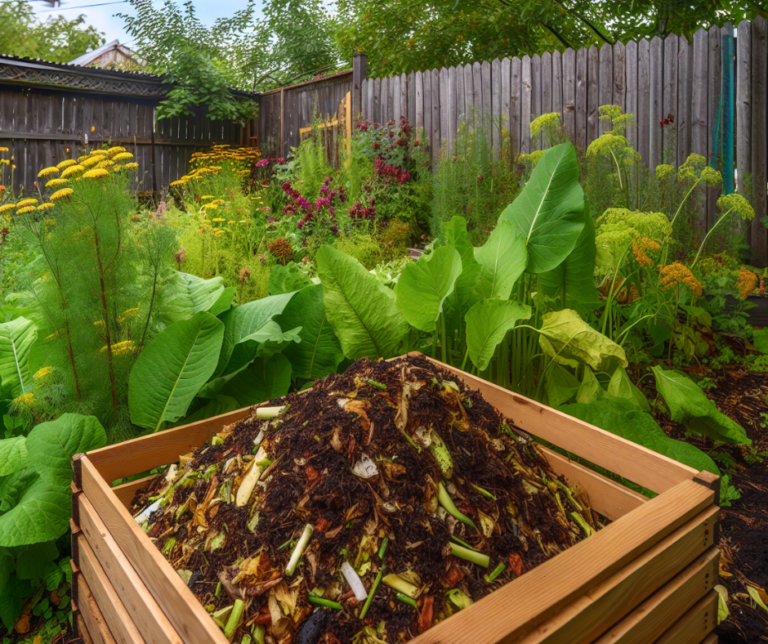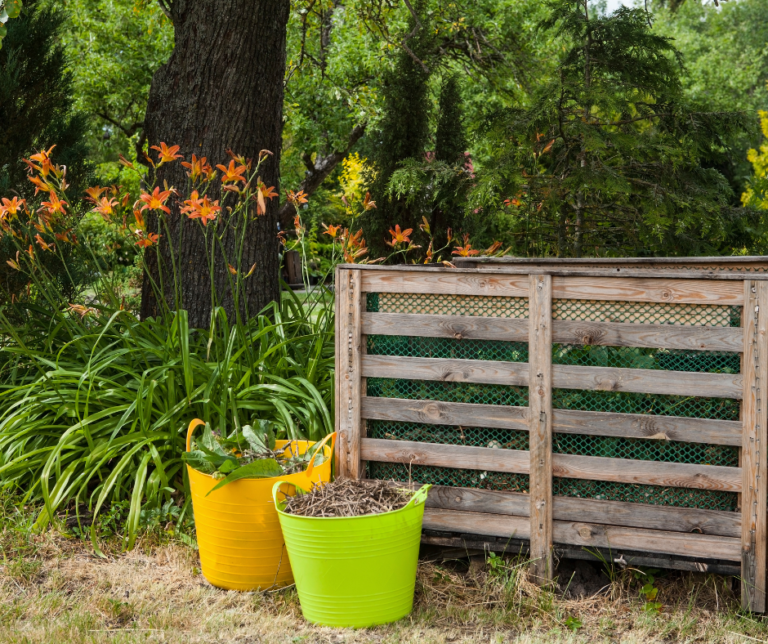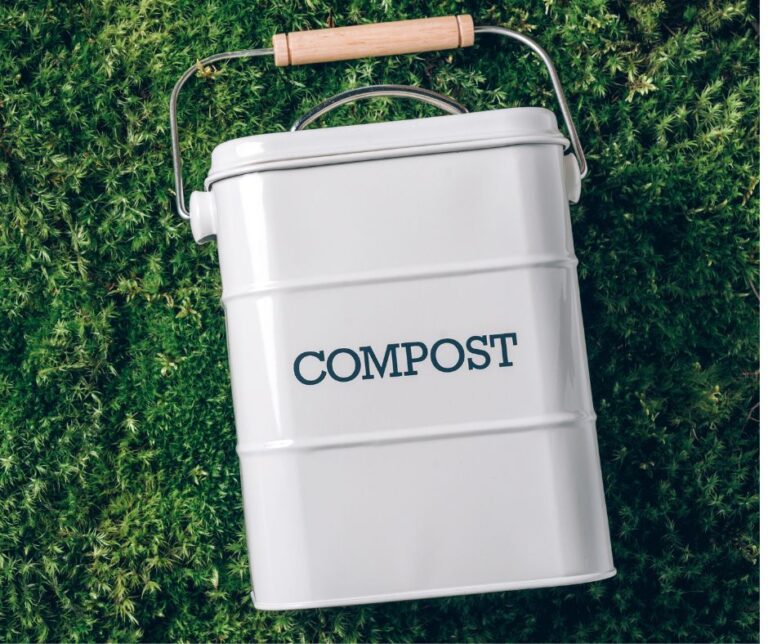Can You Compost Bread? Breaking Down the Myths
Picture this: you, the aspiring home gardener extraordinaire, standing in front of your compost bin, a loaf of forgotten bread in your hand. You pause for a moment, perplexed. Should you toss it in with the rest of your organic goodies, or is bread the black sheep of the compost family? Fear not, for today we unravel the enigma that is “Can you compost bread?” It’s time to uncover the truth behind this doughy dilemma and discover if your compost pile can handle the carb overload. So grab a slice of humor and get ready to dig into this tasty, yet perplexing, compost conundrum.
Understanding Composting

Composting is the magical process that turns our kitchen scraps and yard waste into nutrient-rich soil. It’s like nature’s recycling program, where organic materials break down and transform into a valuable resource for plants. But before we dive deeper into the world of composting, let’s start with the basics.
Definition of composting
Composting is the natural decomposition of organic matter, such as kitchen scraps, yard trimmings, and other biodegradable materials. It involves creating a controlled environment that promotes the breakdown of these materials by microorganisms like bacteria and fungi. Through a series of chemical reactions, composting transforms these waste materials into a dark, crumbly, and nutrient-rich substance called humus.
Importance of composting
Composting is not just a fun hobby for gardening enthusiasts; it plays a significant role in our environment. By composting our organic waste, we can reduce the amount of waste sent to landfills, where it decomposes without oxygen and releases harmful greenhouse gases. Compost also adds vital nutrients to the soil, helping plants thrive while reducing the need for chemical fertilizers. So, by composting, you’re not only helping the environment but also creating healthier and more sustainable gardens.
Brief history of composting
Composting is an ancient practice that has been around for centuries. It dates back to civilizations like the Greeks and Romans, who recognized the value of decomposing organic matter in agriculture. In more recent history, composting gained popularity during periods of scarcity, such as the World Wars, when communities had to make the most of their resources. Today, composting has become a common practice worldwide, with various methods and techniques tailored to different needs and spaces.
Types of Compostable Materials

Composting is not limited to just one type of material. It includes a wide range of organic waste, each bringing its unique benefits to the compost pile. Let’s take a closer look at the two main categories of compostable materials: green and brown.
Green compost materials
Green compost materials are rich in nitrogen and provide essential nutrients for the composting process. These materials include vegetable scraps, coffee grounds, tea leaves, fresh grass clippings, and plant trimmings. They are often moist and break down relatively quickly, ensuring a steady supply of nitrogen for the microorganisms involved in composting.
Brown compost materials
On the other hand, brown compost materials are high in carbon and help create aeration in the compost pile. These materials tend to be dry and include things like dried leaves, wood chips, straw, cardboard, and paper. Brown materials break down more slowly compared to their green counterparts, but they contribute to the overall structure and stability of the compost.
Balancing compost materials
To create the perfect compost pile, it’s essential to balance the ratio of green to brown materials. Aim for a ratio of roughly 3 parts brown to 1 part green. This balance ensures that there are enough carbon-rich materials to absorb moisture and provide structure, while the nitrogen-rich materials supply the necessary nutrients for decomposition. It’s a delicate dance of chemistry and biology that creates the ideal conditions for composting success.
Can You Compost Bread?

Ah, the age-old question: Can you compost bread? In short, the answer is yes, you can compost bread. However, there are a few things to consider before tossing that stale loaf into your compost pile.
Difference between bread and other compost materials
Bread differs from other compost materials in that it is highly processed and contains additives like preservatives and sugar. While these additives won’t necessarily harm your compost pile, they can attract pests and unwanted critters. Additionally, bread can become moldy quickly, which may disrupt the overall balance of the composting process.
Potential problems with composting bread
The main problems that arise when composting bread are attracting pests, promoting the growth of mold and unwanted microbes, and potentially disturbing the balance of the compost pile. However, with proper management and a few precautions, these problems can be minimized or eliminated altogether.
Benefits of composting bread
Despite the potential issues, composting bread has its benefits. Bread adds valuable organic matter to the compost, enriching the nutrient content and helping to create a diverse array of microorganisms. It’s also a great way to reduce food waste, giving new life to those forgotten bread slices or stale buns.
Correct Way to Compost Bread

Now that we’ve established that bread can be composted, let’s talk about the correct way to do it to ensure maximum success and minimal problems.
🍞 Breaking down the bread
Before adding bread to your compost pile, it’s a good idea to break it down into smaller pieces. This will help it decompose quicker and prevent large clumps of bread from attracting pests. Plus, it’s a satisfying way to take out any pent-up frustration on that loaf that didn’t quite turn out right.
🍞 Adding bread to the compost pile
Once the bread is broken down, you can add it to your compost pile. It’s best to bury the bread scraps within the pile rather than leaving them exposed on top. This helps deter pests and prevents the bread from drying out too quickly. Mix it in with the other compostable materials, ensuring a good balance of green and brown materials.
💦 The role of moisture and heat
Maintaining the right moisture level and temperature in your compost pile is crucial, especially when composting bread. Bread tends to retain moisture, so it’s important to monitor the moisture content of your pile. If it becomes too wet, add more brown materials to help absorb the excess moisture. Additionally, bread can help generate heat in the pile, which speeds up the decomposition process. So, embrace the toastiness, both metaphorically and literally.
Potential Problems with Composting Bread

We’ve touched on the potential problems with composting bread earlier, but let’s take a closer look at each issue and explore ways to solve them.
Attracting pests and animals
One of the biggest concerns when composting bread is the potential for attracting pests like rodents and raccoons. These critters love the smell and taste of bread, and a buffet in your backyard is an open invitation. To prevent this, make sure your compost pile is properly sealed and keep a watchful eye on any signs of unwanted visitors. Consider using compost bins with tight-fitting lids to deter pests and keep your composting efforts critter-free.
Mold and unwanted microbes
Bread, especially if it’s moist or moldy, can introduce unwanted microbes into your compost pile. These microbes can disrupt the delicate balance necessary for successful composting and may result in unpleasant odors or a slimy mess. To tackle this problem, be mindful of the moisture content in your pile and avoid adding excessively moldy bread. If you spot moldy bread in your compost, it’s best to remove it and dispose of it separately.
Disturbing the balance of the compost pile
Composting is a delicate dance of carbon and nitrogen, and adding too much bread at once can upset this balance. Bread is high in nitrogen, so adding too many bread scraps without enough carbon-rich materials can create an imbalance and slow down the decomposition process. To prevent this, use bread in moderation and make sure you have enough brown compost materials to maintain the optimal carbon-to-nitrogen ratio.
Solving Problems with Composting Bread

Addressing the problems associated with composting bread is possible with a little bit of management and some alternative approaches.
Proper management of compost pile
To avoid attracting pests, make sure your compost pile is properly managed. Turn the pile regularly to mix the materials and promote faster decomposition. Keep the pile covered to deter animals and maintain a healthy balance of green and brown materials. By staying on top of your compost pile management, you can prevent potential issues from arising.
Using bread in moderation
Using bread in moderation is key to avoiding problems with composting. Rather than throwing an entire loaf into the pile at once, add bread scraps gradually over time. This allows the microorganisms in the pile to break down the bread efficiently without overwhelming the decomposition process. Remember, too much of a good thing can quickly become a bad thing, even in the realm of composting.
Alternatives to composting bread directly
If you’re hesitant about composting bread directly, there are alternative options. Instead of adding bread to your compost pile, you can use it for bird feeding. Birds love bread, and it’s a great way to attract them to your garden while reducing food waste. Another option is to make bread crumbs or use stale bread in cooking. Get creative in the kitchen and find delicious ways to repurpose your bread, saving it from the landfill and giving it a second chance to shine.
Safety Measures in Composting Bread

While composting bread is generally safe, it’s essential to take a few safety measures to ensure everything goes smoothly.
Proper handling of moldy bread
If you encounter moldy bread while composting, it’s crucial to handle it properly. Remove the moldy bread from the compost pile and dispose of it separately. Avoid inhaling fungal spores by wearing gloves and a mask, and wash your hands thoroughly after handling moldy bread. By taking these precautions, you can minimize any potential health risks associated with mold.
Keeping the compost pile safe from pests
To keep your compost pile safe from pests, make sure it’s well-contained. Use compost bins or enclosures with secure lids to prevent animals from accessing the compost. Consider placing the compost bin on a raised platform to deter burrowing animals. Additionally, avoid adding meat or dairy products to your compost, as these can attract larger pests like raccoons or bears.
Preventing unpleasant smells
Nobody wants a stinky compost pile, especially when bread is involved. To prevent unpleasant odors, ensure that your compost pile is aerated properly. Regularly turn the pile to introduce oxygen, which helps break down the organic matter more efficiently and minimizes the risk of odor. If the pile smells particularly foul, it may be a sign of an imbalance or excessive moisture. Take corrective measures by adjusting the carbon-to-nitrogen ratio or adding more brown materials to absorb excess moisture.
Alternative Uses for Bread that Can’t be Composted

If you find yourself with bread that can’t be composted or prefer not to compost it directly, fear not! There are plenty of alternative uses for bread that are both practical and fun.
♻️ Bread for bird feeding
As mentioned earlier, birds love bread. Crumble up your stale bread and provide a feast for our feathered friends. Create a bird feeder or scatter the crumbs in your garden—just make sure to keep the bread dry to prevent mold growth. Not only are you diverting bread from the landfill, but you’re also attracting beautiful birds to your outdoor space.
♻️ Making bread crumbs
Stale bread is perfect for making bread crumbs. Simply toast the bread in the oven until crisp, then pulse it in a food processor or crush it by hand. You can then use the breadcrumbs to add texture and flavor to your favorite dishes, from topping casseroles to breading chicken cutlets. Homemade breadcrumbs have a distinct taste and give you control over the texture, making your culinary creations truly unique.
♻️ Using stale bread in cooking
Stale bread can be transformed into a variety of delicious dishes. From bread pudding to French toast, there are countless recipes that turn yesterday’s loaf into a culinary masterpiece. Soups, salads, and sandwiches can all benefit from the addition of toasted or crumbled bread. Embrace your inner chef and experiment with creative ways to incorporate stale bread into your meals.
Reviewing Common Myths about Composting Bread

Now, let’s debunk some common myths that swirl around the topic of composting bread.
All bread causes pests in compost piles
While it’s true that bread can attract pests, it doesn’t mean that all composting bread automatically leads to an infestation. With proper management, sealed compost bins, and responsible composting practices, the risk of pests can be minimized. Remember, pests are attracted to any readily available food source, not just bread.
Moldy bread is unsafe for composting
While moldy bread should be handled with care due to the potential health risks associated with fungal spores, it is generally safe for composting. If you spot moldy bread in your compost, it’s best to remove it and dispose of it separately. Proper management of the compost pile, including regular turning and maintaining the correct moisture level, can minimize the growth of mold in your compost.
Bread cannot be composted
This myth is simply untrue. Bread can be composted, and it can contribute to the nutrient content of your compost pile. As with any composting material, the key is to use it in moderation, maintain a well-balanced compost pile, and follow best practices for composting. When done correctly, bread can be a valuable addition to your compost, reducing food waste and enriching the quality of your soil.
Closing Thoughts on Bread Composting

Composting bread can be a rewarding endeavor as long as you approach it with some humor and respect for the composting process. By understanding the potential problems and solutions, you can turn your bread scraps into valuable compost while minimizing any issues that may arise.
Remember to break down the bread, add it to your compost pile in moderation, and maintain the right moisture and temperature levels. Keep an eye out for signs of pests, mold, or imbalance, and make necessary adjustments to ensure a healthy and thriving compost pile.
In addition, if you’re not comfortable composting bread directly, explore alternative uses such as bird feeding, making bread crumbs, or incorporating stale bread into your cooking. Get creative and make the most of every slice.
Ultimately, with a bit of knowledge and a dash of humor, you can engage in responsible composting practices that benefit both your garden and the environment. Happy composting, and may all your bread scraps turn into beautiful soil!
Frequently Asked Questions




